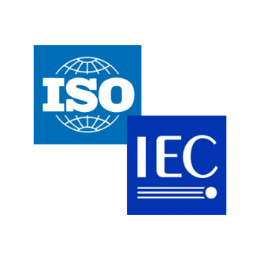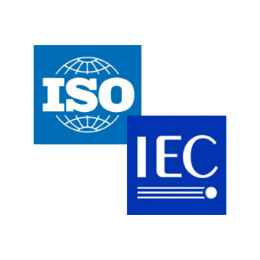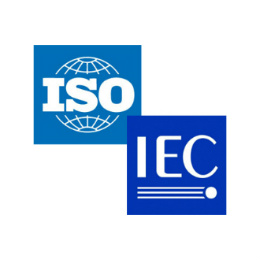OASIS Context Server (CXS) TC
The OASIS Context Server (CXS) TC was chartered to create specifications for a Context Server (also known as Customer Data Platforms, CDP see below) as a core technology for enabling the delivery of personalized user experiences. The goal is to assist organizations that currently struggle to create and deliver consistent personalized experiences across channels, markets, and systems. The Context Server (aka CDP) will simplify management, integration, and interoperability between solutions providing services like Web Content Management, CRM, BigData, Machine Learning, Digital Marketing, and Data Management Platforms. TC members are producing a detailed list of use cases, a domain model, a REST API, as well as a reference implementation to serve as a real world example of how the Context Server standard can be used.
Relation to Customer Data Platforms: since the OASIS Context Server TC has been established, the term Customer Data Platform (CDP) has emerged and can be interchangeably be used for the Context Server. To reflect this, the specification produced by this TC has changed its name to : the Customer Data Platform specification.
Relation to Apache Unomi : the reference implementation of the Customer Data Platform specification is produced as part of the Apache Unomi project.





